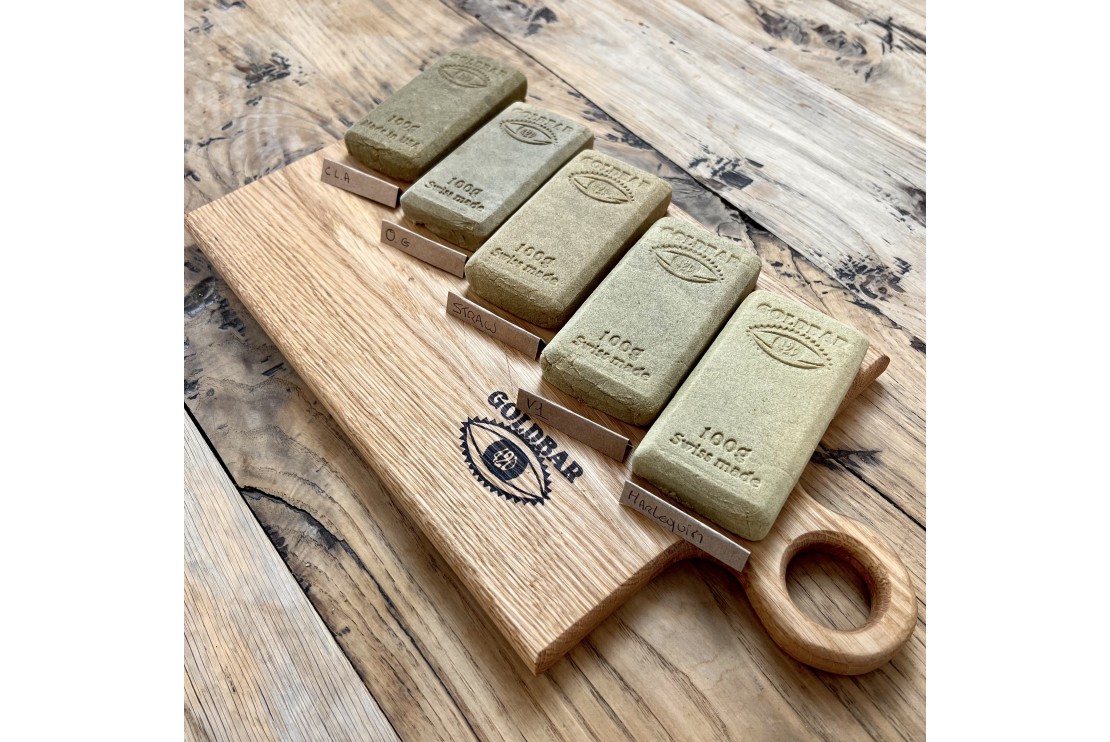What are the differences between CBD Switzerland and CBD France?

Switzerland, a great pioneer in terms of CBD cultivation, whether in the form of outdoor CBD fields, in greenhouse cultivation with better control of temperatures and sunshine, then in indoor CBD cultivation also called CBD indoor.
The majority of CBD production in France is carried out outdoors and still too few, in greenhouses. It must be understood that it is very rare or even impossible to be able to benefit from a balance between the quality of the product and the 0.3% authorized which restricts the CBD flower to European standards.
In France, the rates accepted in the cultivation of cannabis called CBD or industrial hemp, must not exceed 0.3% THC, which leaves an equivalent pro rata on other materials such as CBD, CBG, CBN and other molecules, including the terpenes which represent the aromas, which are then found to be little expressed on the harvested flowers. A flower with 0.3% THC will not exceed 6% CBD.
In Switzerland, the rates accepted in the production of cannabis must not exceed 1% of THC, which leaves a pro rata of approximately 12 to 16% of CBD in a natural way. The resin more often called pollen by mistake, because the pollen is only on the male and hermaphrodite plants, this resin is more present in number and in a much more developed way on the flowers of CBD Switzerland, which then offers much more flavors, generosity to flowers and possibilities to producers.
So there are no pictures, France and Europe have taken a big step by making the CBD market legal, but Switzerland has kept its lead in terms of quality cbd because the perfect pro rata between the product and the balance it achieves by being free to grow at 1% THC gives it a full palette in terms of aromas, effects and texture as we demonstrate at www.Goldbar420.ch
On the 0.2% or 0.3% CBD Hashes, it is simple to explain to you the kitchen in Europe, which is not essential on the hashes containing 1% THC in Switzerland, made up of fairly resinous glands, allowing you to make many CBD hashes without cooking.
In Europe, CBD pollens*, more precisely, the resin itself, is very poor in its content of cannabinoid molecules, an extraction of the plant in the form of a paste called CBD CRUD is then carried out in order to control and adapt the THC, CBD levels, terpenes and other additions necessary to increase the proportion naturally not achievable due to the THC level being too low at the base.
To put it simply, at 0.3% THC, except if you rub a fresh plant, in this case you can obtain a ball of charas of 2gr after 2 hours of work, and a THC level higher than 0.3%. to finish, with a heating of the trichomes and a concentration of these. Otherwise, everything else is an addition of CRUD or DISTILLATE of CBD to the pollen in order to provide texture, smell and a level of CBD and THC high enough to leave an effect to the consumer.
Finally, either of them are not bad, the caramel of your twix or the frozen pizza is also composed of added flavors, texturizing agents and other things to seduce you, it is just good to know what we consume in terms of CBD because the market is still too emerging, many resellers are not very sensitive to the material they buy and resell all like CBD consumers who do not always know what they are consume with the low prices that often influence purchasing decisions.
Pollen* is not in itself pollen, it is resin, pollen is this volatile material which allows pollination, it is found on male cannabis plants and hermaphrodites.
Do not hesitate to send us your questions about your CBD products, your doubts and your experiences, we will answer you with pleasure.
